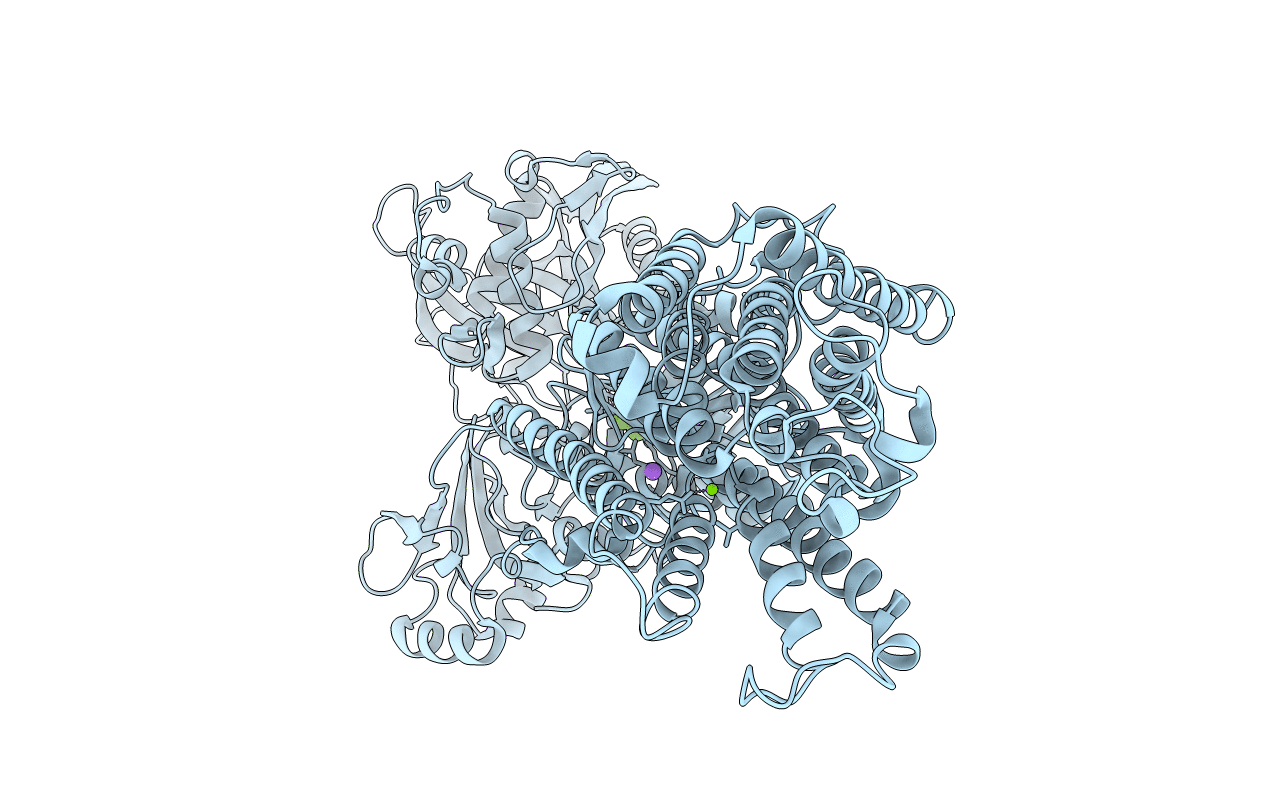
Deposition Date
2007-11-04
Release Date
2007-12-18
Last Version Date
2024-10-16
Entry Detail
PDB ID:
3B9B
Keywords:
Title:
Structure of the E2 beryllium fluoride complex of the SERCA Ca2+-ATPase
Biological Source:
Source Organism:
Oryctolagus cuniculus (Taxon ID: 9986)
Method Details:
Experimental Method:
Resolution:
2.65 Å
R-Value Free:
0.27
R-Value Work:
0.21
R-Value Observed:
0.21
Space Group:
P 21 21 21


